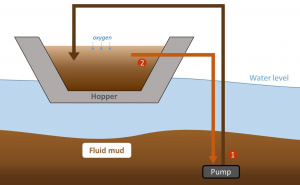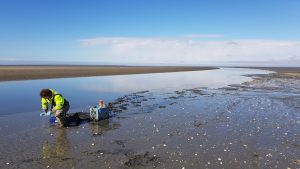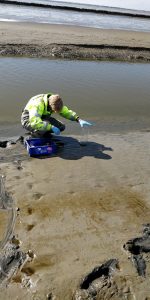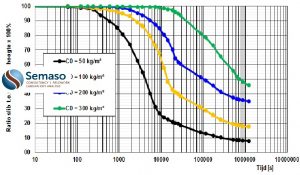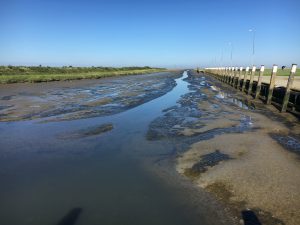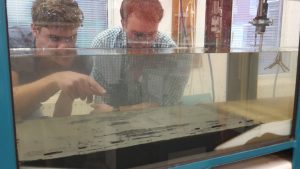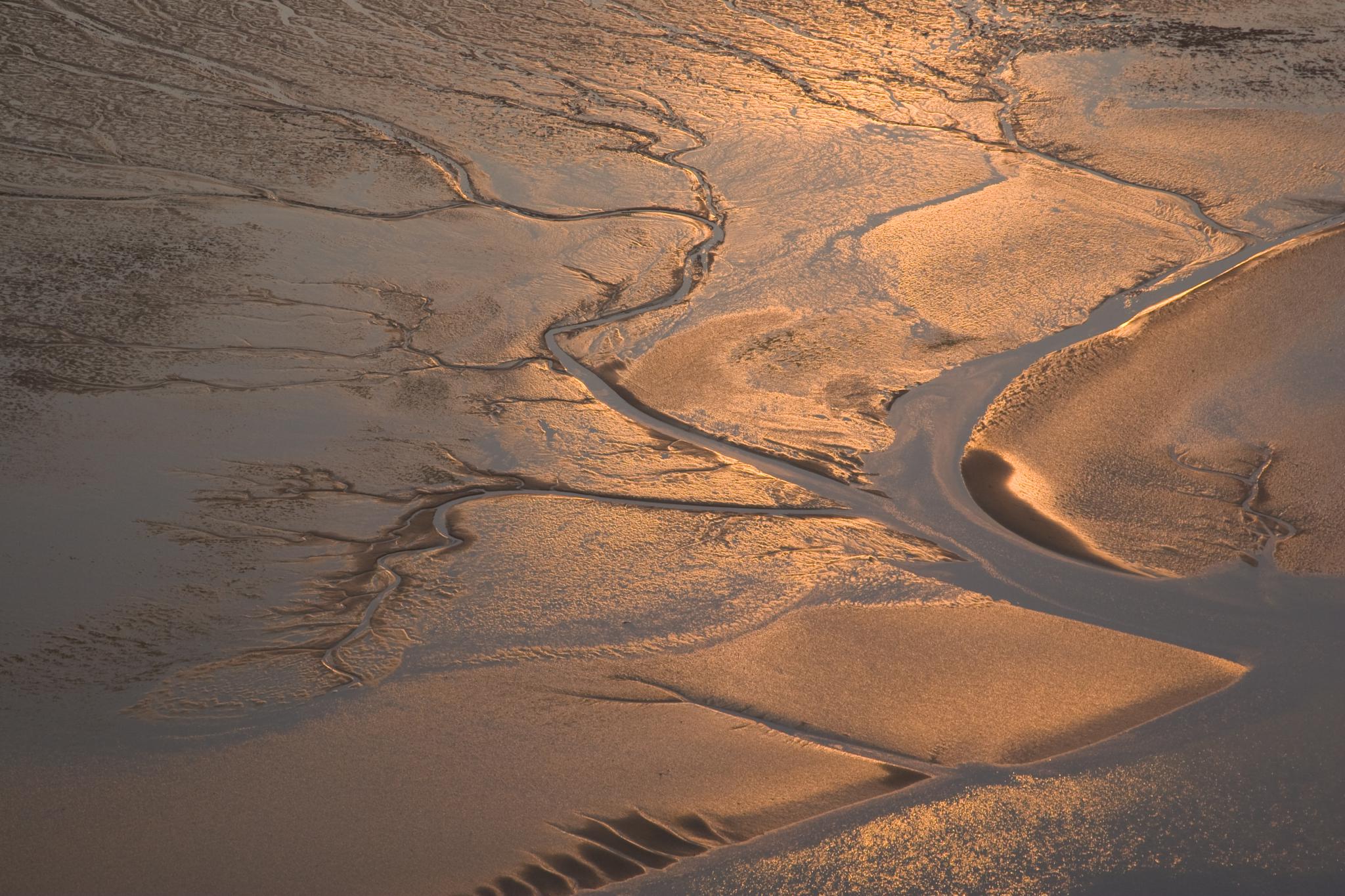Artikel in het Dagblad van het Noorden van 2 oktober 2017
Een buitendijks ‘spoelmeer’ lijkt de efficiëntste optie om een eind te maken aan het voortdurende dichtslibben van het haventje van Noordpolderzijl en de vaargeul daar naartoe.
Dat blijkt uit onderzoek door het waterschap Noorderzijlvest. Het bestuur van het schap heeft inmiddels opdracht gegeven tot een vervolgstudie naar de financiële haalbaarheid van een ‘spoelzee’, binnen danwel buiten de zeedijk.
Het waterschap, de provincie en de gemeente Eemsmond willen volgend jaar zomer de knoop doorhakken over het hardnekkige slibprobleem in Noordpolderzijl. Tot dusver moet vrijwel ieder jaar opnieuw de vaargeul worden uitgediept om ‘s lands kleinste zeehaventje bereikbaar te houden.
Voor de lange termijn is baggeren echter geen houdbare oplossing, stelt het waterschap op basis van onderzoek door adviesbureaus Arcadis en Hysas (samenwerking tussen Waterproof BV, Leo van Rijn Sediment en SEMASO). Het is niet alleen peperduur, maar moet ook om de haverklap worden herhaald en is mede daardoor schadelijk voor natuur en milieu.
Een ‘spoelmeer’ is volgens de onderzoekers daarom uiteindelijk duurzamer en kosteneffectiever. Al vergt dat forse investeringen. Werden de kosten eerder nog geschat op een miljoen euro, inmiddels becijfert Arcadis het op minimaal 5,1 miljoen voor de goedkoopste, buitendijkse variant. De binnendijkse variant kost 16,5 miljoen.
Het idee van een spoelmeer of -zee wordt in Duitsland al met succes toegepast. Het gaat om een circa 15 hectare groot bassin dat vol loopt bij vloed. Bij eb stroomt het weer leeg via de haven en de vaargeul. Het water spoelt alle aangeslibde zand mee richting wad. Vroeger deed de spuisluis dat, maar die werd in 1981 buiten gebruik gesteld na de opening van het nieuwe gemaal bij Noordpolderzijl.
Waterschap, provincie en gemeente steken de komende maanden elk nog eens 30 mille in verder onderzoek. Dat moet onder meer antwoord geven op de vraag hoe zo’n spoelmeer zich verdraagt met de strenge natuurwetgeving voor het wad.
Ook moet helder worden of bij overheden, subsidiefondsen en particuliere partijen genoeg geld bij elkaar valt te brengen voor een spoelzee, in de buiten- danwel binnendijkse variant. Die laatste is fors duurder omdat daarvoor een nieuwe doorgang door de zeedijk moet worden gemaakt. Dat is technisch complex en dus kostbaar.



